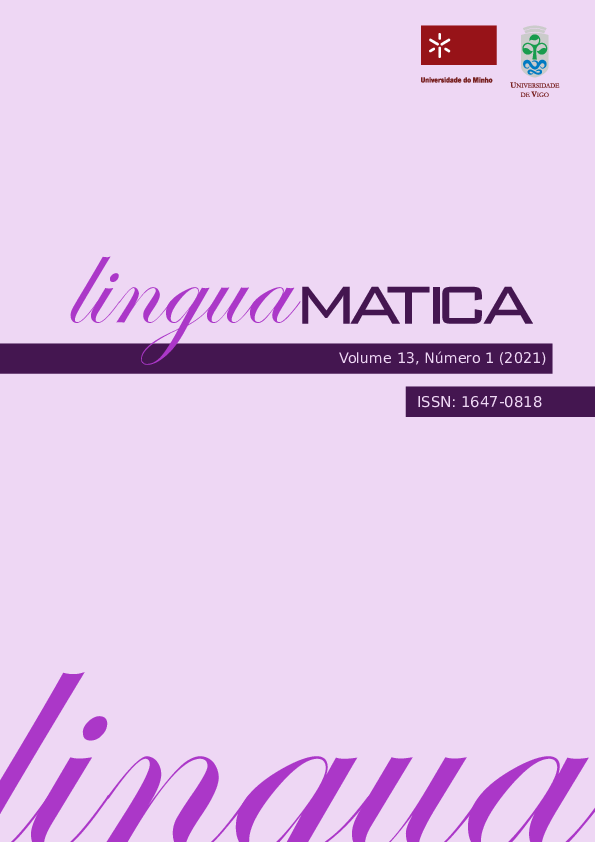PE2LGP: translating European Portuguese into Portuguese Sign Language glosses
Abstract
As the Portuguese language, the Portuguese sign language evolved naturally, acquiring grammatical characteristics different from Portuguese. Therefore, the development of a translator between the two languages consists in more than a mapping of words into signs (signed Portuguese), as it should ensure that the resulting signs satisfy the grammar of the Portuguese sign language and that the translations are semantically correct. Previous works use exclusively manual translation rules and are very limited in the amount of grammatical phenomena covered, producing merely signed Portuguese.
This paper presents the first translator from Portuguese to the Portuguese sign language, based on manual rules, but also in translation rules automatically built from a reference corpus. Given a sentence in Portuguese, the system returns a sequence of glosses with markers that identify facial expressions, spelled words, among others. The paper reports both a manual and automatic evaluation. Results show improvements in the translation quality of simple and short sentences compared to the baseline system ("signed Portuguese").
Moreover, this is the first study that deals with grammatical facial expressions, which mark interrogative and negative sentences.
Copyright (c) 2021 Matilde Gonçalves, Luisa Coheur, Hugo Nicolau, Ana Mineiro

This work is licensed under a Creative Commons Attribution 4.0 International License.
Authors who publish with this journal agree to the following terms:
- Authors retain copyright and grant the journal right of first publication with the work simultaneously licensed under a Creative Commons Attribution License that allows others to share the work with an acknowledgement of the work's authorship and initial publication in this journal.
- Authors are able to enter into separate, additional contractual arrangements for the non-exclusive distribution of the journal's published version of the work (e.g., post it to an institutional repository or publish it in a book), with an acknowledgement of its initial publication in this journal.
- Authors are permitted and encouraged to post their work online (e.g., in institutional repositories or on their website) prior to and during the submission process, as it can lead to productive exchanges, as well as earlier and greater citation of published work (See The Effect of Open Access).













